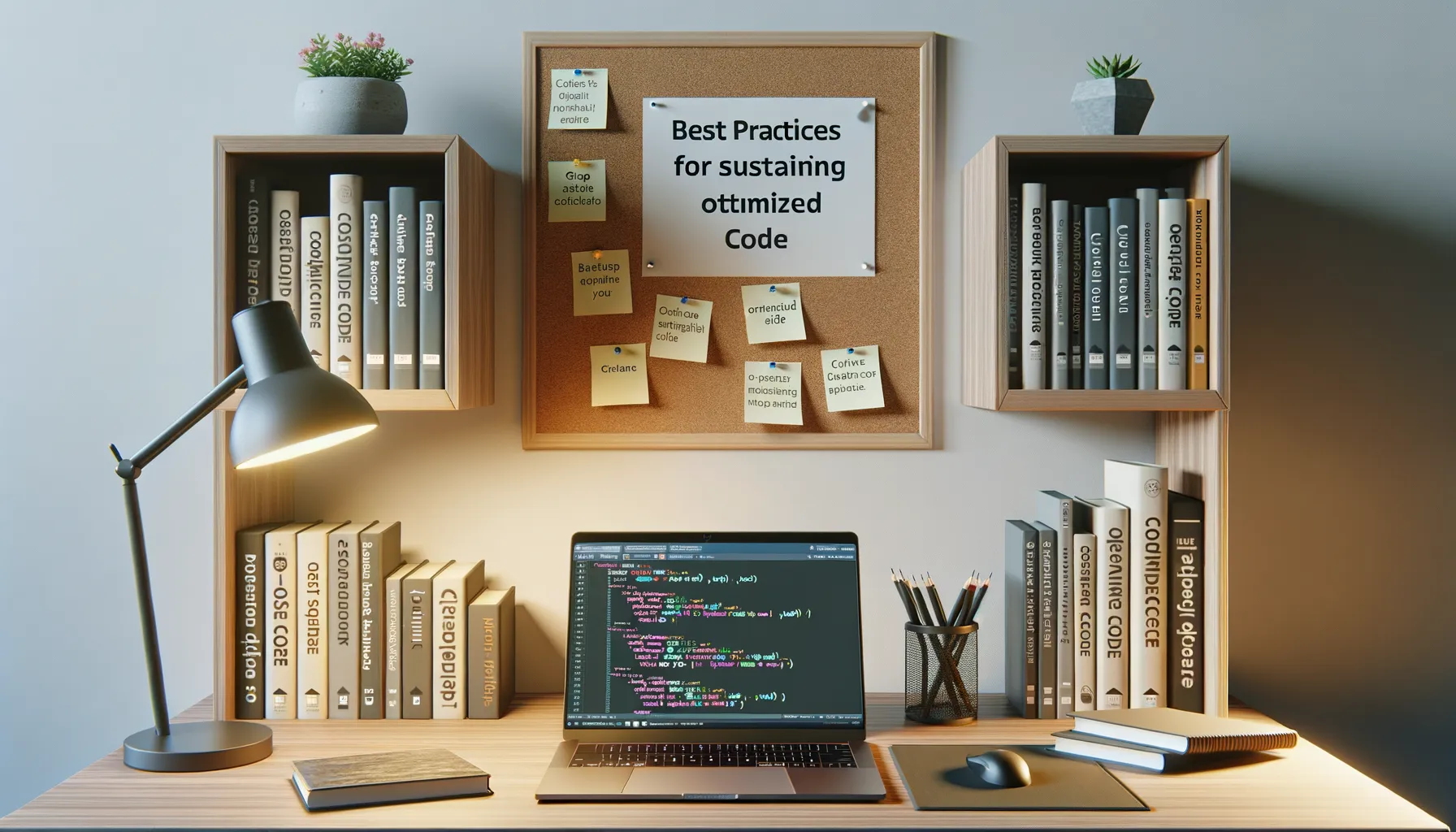Understanding the Importance of Mobile App Performance
Why Mobile App Performance Makes or Breaks User Experience
Picture this: you launch a new mobile app, and within seconds, users are furiously tapping their screens because something *isn’t working smoothly*. Maybe it takes forever to load, freezes mid-action, or drains their battery faster than a heatwave melts ice cream. Frustrating, right? Now imagine being on the other side, knowing your app could be on the verge of being uninstalled because its performance isn’t up to par.
Mobile app performance is not just a technical concern—it’s the lifeblood of your user experience. Every millisecond matters. A sluggish app not only drives users away but tarnishes trust in your brand. Did you know 70% of users abandon an app if it crashes even once? That’s like losing seven out of ten customers before they even get to explore what makes your app special.
Here’s what’s at stake:
- User retention: If an app lags, loads poorly, or consumes too much data, users leave. Fast.
- Revenue: Performance issues directly impact in-app purchases and ad clicks.
- Brand loyalty: A seamless experience builds trust—and repeat users.
Good app performance isn’t just “nice to have.” It’s your ticket into the world of satisfied users who recommend your app to others.
Key Techniques for Code Optimization in Mobile Apps

Streamlining Your Code Like a Pro
When it comes to code optimization, think of your app as a race car. Smooth, clean code is like a finely tuned engine—it hums, performs, and never lets you down. So, how do you get there? It starts with stripping away the unnecessary and focusing on efficiency.
Minimize redundancy. Ever noticed repeated chunks of code lurking in your project? They’re clutter in disguise! Break those tasks into reusable functions that act like tiny power tools. Modular, reusable code not only trims the fat but also makes debugging less of a headache.
Optimize loops. Loops can be sneaky performance hogs if left unchecked. Picture a loop running a marathon when it only needed to sprint! Replace “nested loops” with elegant algorithms or use specialized libraries to crunch data faster.
- Lazy loading: Only load what’s needed, when it’s needed.
- Refactor bulky methods into leaner, meaner operations.
- Trade heavy frameworks for lightweight alternatives.
Clever Tricks for Resource Management
Memory leaks? Bloated resources? These issues can tank performance in seconds. Cache wisely—don’t let your app hoard unnecessary assets! For example, images should compress neatly and audio files should adapt to the user’s device. Use tools like ProGuard to shrink code and eradicate unused classes.
Lastly, remember: great apps are forged through countless iterations. Dive into your code regularly, ask hard questions, and don’t shy away from rolling up your sleeves.
Tools and Technologies for Enhancing Performance

The Power of Performance-Boosting Allies
Imagine tackling mobile app optimization without the right tools—like venturing into a dense jungle with no compass. Thankfully, an arsenal of cutting-edge technologies is here to act as your trusty guides toward peak app performance.
Some standouts? Android Studio Profiler, the Swiss Army knife for Android developers. From monitoring CPU usage to inspecting memory allocation and even tracking network requests, it’s like having x-ray vision into how your app behaves in real-time.
And then there’s Xcode Instruments. For iOS developers, this tool feels like cheating (but totally isn’t). It lets you dive deep into time profiling, energy diagnostics, and UI responsiveness—all in one gorgeous dashboard.
- Firebase Performance Monitoring: Think of it as your backseat driver, alerting you when API calls take too long or when user interactions feel sluggish.
- React Native Debugger: The ultimate detective for cross-platform devs, identifying bottlenecks before they spiral out of control.
Automation: Your Silent Sidekick
Let’s not forget the unsung hero: automation. Tools like Gradle Build Analyzer or Lint hunt down inefficiencies, freeing you to focus on creative problem-solving. They’re your behind-the-scenes champions, always working tirelessly to keep your code trim and powerful.
Best Practices for Sustaining Optimized Code

Maintain the Spark: Code That Stays Sharp
Keeping your code optimized isn’t a “set it and forget it” ordeal—it’s an ongoing relationship. Imagine a garden. You’ve planted the seeds (your optimized code), but without watering, weeding, and nurturing, even the best-planned garden will wither. The same principle applies here!
First, adopt a mindset of continuous improvement. Technologies evolve, user demands shift, and, most importantly, you learn new tricks along the way. Revisit your code regularly. Sometimes, what worked six months ago may suddenly feel like trying to start a car with a crankshaft in a self-driving world.
- Refactor regularly: Break apart bulky functions, remove dead code, tweak inefficient loops—it’s like spring cleaning for your app.
- Document as you go: A clear roadmap ensures future tweaks don’t feel like stumbling through a code jungle with no compass.
Future-Proof Your App With Smart Testing
Testing is your safety net. Write unit tests, create automated performance tests, and stress-test your app like it’s running a marathon with extra weights. For example, don’t just check how beautifully it runs on the latest iPhone; see how it holds up on that four-year-old Android device too. Remember, your users come in all shapes, sizes, and setups.
Lastly, stay curious. Follow forums, attend meetups, or join dev communities where techniques for sustaining peak performance are shared like secret family recipes. Share yours too—you might just spark someone else’s “aha!” moment.
Evaluating Success and Continuous Improvement

How Do You Measure App Brilliance?
When it comes to determining whether your app’s performance is shining or sputtering, you need more than gut feelings and wishful thinking. Enter the world of metrics and user feedback—the lifeblood of true progress. Start with the essentials: monitor crash rates, screen load times, and session durations. These aren’t just numbers; they’re your app’s heartbeat.
But don’t stop there. Dive deeper. Ask yourself, *”Are users coming back?”* Track retention rates and engagement levels. If your app is optimized but still struggles to keep users around, something else might be off—maybe even outside your code.
A secret weapon? *Listen to your users!* Consider feedback gold, not a nuisance. Reviews, surveys, and in-app polls will tell you what analytics alone can’t.
Creating a Loop of Success
Optimization doesn’t stop after release—it’s an ongoing cycle. To fuel continuous improvement:
- Squeeze insights from real-world scenarios using A/B testing.
- Routinely revisit your code—some old sections might be dragging performance down.
- Stay updated on technology trends. New frameworks or tools could unlock opportunities you didn’t imagine last year.
Think of it this way: your app’s journey is like tuning an instrument. Regular adjustments, precise tweaks, and mindful upgrades ensure it plays a melody users won’t want to turn off.







